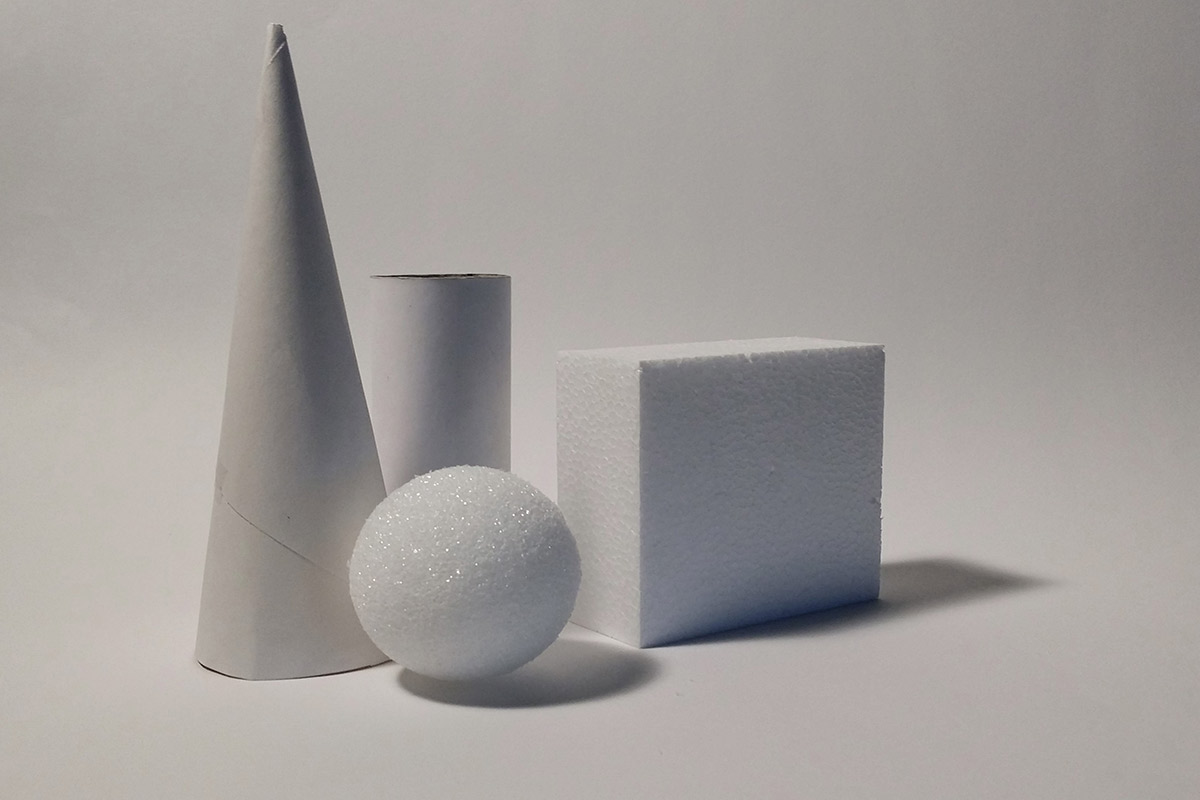
The site is open daily and is also used as a special events/wedding venue and filming location. The Brothers & Sisters house is the home of Nora Walker (Sally Field) in the ABC series. It's located in a lovely Pasadena neighborhood at 1640 Lombardy Road, near the Langham Huntington Hotel. Brothers & Sisters premiered in 2006, a story about a California family who own the fictional Ojai Foods company. Sally Field won an Emmy for Outstanding Lead Actress in a Drama Series for her role in the show. According to the Los Angeles Times, this house was newly built but the owner hadn't yet moved into it because of construction on the Ventura Freeway, which now runs behind it.
Father of the Bride House
Review: House at the End of the Street Is a Dead End - WIRED
Review: House at the End of the Street Is a Dead End.
Posted: Fri, 21 Sep 2012 07:00:00 GMT [source]
Don't disturb its occupants, knock on the door, peer in their windows or take souvenirs. It was Ryan who killed their parents after suffering years of abuse because they blamed him for his sister's death. The "Carrie Annes" he has been keeping in the basement were kidnapped women he made up to look just like his sister. Elissa's relationship with her mother becomes rocky when she starts seeing Ryan against Sarah's wishes. Ryan confides in Elissa that Carrie-Anne fell from a swing when they were little; he was supposed to be watching her while their parents were getting high on drugs.
Rate this movie
The Woman in the House Across the Street's Ending, Explained - CBR
The Woman in the House Across the Street's Ending, Explained.
Posted: Thu, 11 Jan 2024 08:00:00 GMT [source]
Today, the house is owned by the City of Pasadena and operated by the University of Southern California School of Architecture. Two fifth-year USC architecture students live in the house full-time; the resident students change every year. Movie fans will recognize the house as Doc Brown’s mansion from the Back to the Future movie trilogy. The Gamble House is designated as California Historical Landmark #871 and is listed in the National Register of Historic Places.
About this movie

NEW YORK — The pointedly generic title sounds like either a remake or a genre-bender along the lines of The Cabin in the Woods. But despite an intriguing setup, sharply drawn central characters and a lead performance from the luminous Jennifer Lawrence that elevates the material a few notches, House at the End of the Street is a by-the-book horror thriller that’s low on scares and suspense. Jennifer Lawrence, Elisabeth Shue and Max Thieriot grapple with the legacy of a double parricide and a whole lot of other nasty business in Mark Tonderai's horror thriller. A tie-in novelization of the movie was released on August 12, 2012, to accompany the movie by Little, Brown and Company. The film was originally announced in 2003 with Jonathan Mostow directing and Richard Kelly writing.[3][4] The film went through development hell for seven years until production was revived in 2010 with Mark Tonderai directing and David Loucka writing, instead.
Its exterior is made almost entirely from river rock and the interior is heavily influenced by Pueblo Indian dwellings. Fans of today’s DIY movement will appreciate the rustic Craftsman charm of this home, which is furnished with hand-crafted wood pieces; it’s interesting to see how closely modern-day bohemian design mirrors that of Lummis House. The Historical Society of Southern California is now headquartered here, and it holds several Sunday afternoon programs a year, as well as an annual holiday open house in December. Since the early 1950s, Los Angeles Street has formed the eastern edge of the Plaza, but the buildings lining its eastern edge, including the Lugo Adobe, were removed.[5][6] The site is now Father Serra Park.
The movie centers on Elissa (Lawrence) and her mother, Sarah (Elisabeth Shue), who move down the street from a house that was the site of a horrific double homicide. When Elissa becomes close with reclusive Ryan (Max Thieriot), who lives in the titular house at the end of the street, she discovers more than she wants to know about what really happened there. After a series of speakers addressed the rally, a large portion of the crowd moved into the street between the north edge of Prospect Park and the Soldiers’ and Sailors’ Memorial Arch, blocking the flow of traffic and prompting drivers to lean on their horns. Police officers who had been monitoring the event warned the demonstrators that they would be arrested if they did not move; when they stayed put, officers wielding zip-tie handcuffs moved in and began making arrests.
Gamble House
Working from a story by Jonathan Mostow, Loucka samples from a variety of sources that range from Psycho to The People Under the Stairs. But from the moment Plot Point A is disclosed in a big reveal almost exactly a half-hour in, the film becomes first inane, then dull and then ludicrous. While the screenplay works overtime to keep throwing convoluted twists at us, it becomes increasingly easy to stay a few beats ahead. Elissa and Sarah move out and Ryan is placed in a psychiatric ward.
Movie News & Guides
Historic residences at the museum include the Hale House, Valley Knudsen House, John Ford House, Perry Mansion and the Octagon House. The buildings serve as a perfect background to educate the public about the everyday lives of Southern Californians from the Civil War to the early 20th Century. Guided tours of the museum are supplemented by living history performances, educational programs, hands-on training, exhibitions and special events.
At one point, Carrie Anne escapes and attempts to run to Elissa's house. She runs toward a car parked somewhere down the road, where two teens are making out. The girl sees a flash of Carrie Anne and gets nervous, but when her boyfriend checks, she's nowhere to be found.
Located in Highland Park northeast of Downtown LA, Heritage Square Museum is a living history museum that explores the settlement and development of Southern California during its first 100 years of statehood. The eight historic structures located at the museum were constructed during the Victorian Era. They were saved from demolition and rebuilt at the museum site along the Arroyo Seco.
The site operated as the popular Sand & Sea Club for decades, then sat vacant and boarded up for years until the city of Santa Monica announced plans to renovate and reopen it as a public beach facility. Renowned philanthropist Wallis Annenberg donated $27.5 million to the cause. During the renovation, all of the remaining original structures from the Hearst days were demolished, except for a 110-foot Italian marble swimming pool and one of the guest homes, now known as the Marion Davies Guest House. The Annenberg Community Beach House opened to the public in April 2009.

When Ryan comes upstairs, he realizes that Elissa has figured out that the women in his basement isn't Carrie Anne, and knocks her out. When she comes to, Ryan reveals to her that Carrie Anne didn't kill their parents. It was Ryan who killed their parents, after suffering years of abuse because they blamed him for his sister's death. They even began dressing him up as Carrie Anne to try and replace the daughter they lost. This leads to the final revelation, that the Carrie Annes he's been keeping in the basement were kidnapped women who he made up to look like his sister.
They are disturbed to discover the house they are moving into is on the same street as the house in which a girl named Carrie-Anne Jacobson killed her parents four years prior. She fled and was never seen again, leaving her brother Ryan (Max Thieriot) as the sole survivor. Ryan now lives alone in the house and is hated by his neighbors; Bill Weaver, a local police officer, is his only supporter. When this residential house was built by Vienna-born Rudolf Schindler back in inspired by a recent trip to Yosemite with his wife - it was extremely unconventional at the time for a place to live. In reality, it was meant to be a cooperative live-work space between two families, much like a camp site.
However you decide to experience it, don’t miss the remarkable zig-zag staircase, a joyous element that adds a bit of fun to the perfection of the house. Formally known as Case Study House No. 8, the Eames House is a Mid-Century Modern architectural landmark located in Pacific Palisades. It was built in 1949 by renowned husband-and-wife designers Charles and Ray Eames, to serve as their home and studio. The couple moved into the house on Christmas Eve, 1949 and lived there the rest of their lives.
Despite being a box office success, no doubt helped by Lawrence's meteoric rise between the film's production and release, the movie was panned by critics, but it has since had a resurgence in popularity. At the time of writing, it was in the top ten most popular movies on Netflix. This is likely due to the film's shocking and twist-filled ending, which we're going to break down in detail.
Located on the Universal Studios backlot, it's been featured in many television programs and movies. It also served as one of the houses on Wisteria Lane in the popular television show Desperate Housewives. Used in both the original 1991 and the 1995 sequel of the film Father of the Bride, starring Steve Martin, the Father of the Bride house still looks like it did in the films. While Martin's character claims he lives in San Marino, the Father of the Bride house is actually located in Pasadena at 843 S. According to iamnostalker.com, the filmmakers had to fix up the Father of the Bride house before they started shooting.








